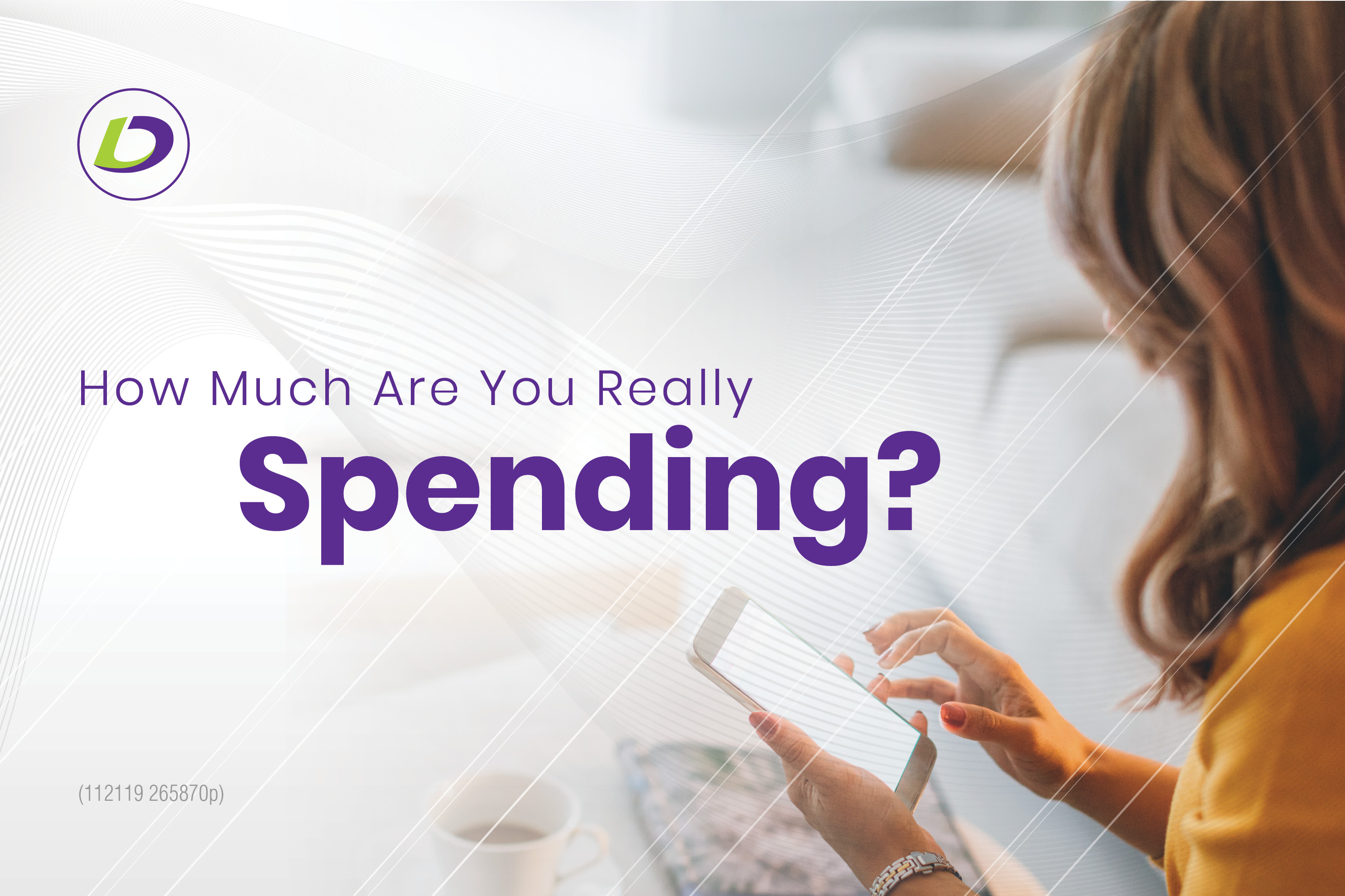
When calculating a monthly budget, most people only consider their payments versus their cash flow. Rarely do they take the time to calculate all of the interest they are paying. For example, when they view their credit card statement, they only take note of the balance. If the balance owed is $5,000, it doesn’t appear to be an overwhelming amount of debt. However, the interest on that amount of credit card debt with an APR of 22 percent, paid over a period of 10 years with minimum payments, would be a whopping $44,235.
Get the ‘big picture’
To really get a handle on how much of your hard-earned money goes to pay interest every month, commit to doing a full interest inventory. Sit down and go through an entire month of bills and highlight the interest rate and amount on every single bill. Chances are this will be an uncomfortable, yet enlightening, process. Don’t forget student or car loans, either. There may not be much you can do with those but you should still be aware of how much headway you’re making with those payments each month. Remember to look out for introductory rates that have expired, late fees or a late payment that caused your once low rate to skyrocket.
Types of interest
A mortgage or auto loan is calculated with ‘simple interest,’ which is only based on the principal amount of the loan. The payments are usually made on a fixed schedule over a specified period of time, referred to as an amortization. When payments are made on this type of loan, the initial payments are mostly paying interest. As subsequent payments are made, a larger percentage is paid on the principal. For instance, a $20,000 loan to be paid over five years at 6 percent interest might have an initial payment of $386, with $286 paid on the principle and $100 in interest. The final payment would pay $384 on the principal with $1.92 in interest. This is highly relevant for those who trade automobiles each time a new model is released. Since most of the front-end loan payments have been paid on interest, a large principal balance is usually transferred to the new auto loan.
Interest rates become even more significant with poor credit. Those with low credit scores will pay higher interest rates on loans. In the event of unforeseen circumstances, even people with a good credit score can become overwhelmed with interest payments. Credit card companies will raise the interest rates if they feel the card holder presents a significant risk. An unexpected emergency that leads to using a large percentage of the available credit or a late payment can result in additional fees as well as higher interest rates.
Commit to cutting down the numbers
There are a number of ways to reduce the amount of interest paid on loans and credit cards, including:
- Refinance your home or car at a lower interest rate
- Consolidate your total debt to one home equity loan
- Transfer balances to low interest rate credit cards
- Pay more than the minimum payment
- Request an interest rate reduction on credit cards
Make immediate changes
Neglecting the cost of interest on purchases and payments when budgeting expenses is one of the primary reasons many people fail to live within their means. Paying only the 2-percent minimum payment on a high-interest credit card can even lead to greater debt. The amount of interest accrued will exceed the amount of the payment. In the long term, the amount of interest paid can have a significant impact on income. If the money paid out in interest on loans and credit cards were invested, it would be yielding additional income for retirement. Understanding how interest works on various loan products and accounting for the cost is essential to maintaining financial well-being.
Call today for more information.
RELATED TOPICS
Retirement review: What moves should you make?
What are the benefits of a cash-out refinance?
Top reasons why 2016 is the right time to buy real estate
5 tips for getting credit lean in 2016

